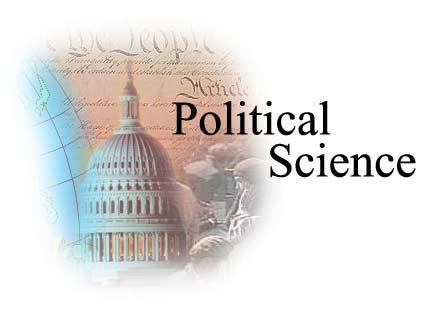Parties: A linking and leading mechanism in politics.
By: Krisna Mendoza
For Americans, the two major
parties are very alike. Elections often turn to the personalities of the
candidates rather than the party affiliation. The political party crops up in
all aspects of politics. United States was the first country to develop
different political parties.
A political party is a group of officials or
would-be officials who are linked with a sizeable group of citizens into an
organization. The aim is either to attain power, or to maintain in
power. Interest groups and parties are different. Interest groups try to influence
decision making process without actually taking power or joining the elections.
Interest groups are a group of people with a common interest who band together
to try by way of lobbying, campaign contribution, and other tactics to make
sure that the government’s policies will be in tune with their wishes. Some
examples are: American Medical Association and Friends of the Earth. A party has a formally organized structure. The US parties are
known by their looseness of organization.
Origins
of the modern party have turned out to be useful for a variety of tasks that
require control or communication. Before democracy, people attained offices by being born into them, by
buying the office, by buying the office, by bribery or by appointment. After
democracy, many of these positions were filled by elections. The would-be
official had to seek the votes of the people.
The politicians in the new
democracies realized that some sort of organization that would link them with
large numbers of people would be extremely useful. Then, with expanded
suffrage, many political parties emerged. The first modern electoral democracy
was the United State of America, and it was here that the first parties
develop. By the 1820s, there were well-organized parties, and the Democratic
Party, which can trace its roots back to that time, is the oldest political
party in the world.
There are 6 functions of the
parties: mobilization of the masses, political socialization, political parties
as a source of political identity, aggregation of interests, integration into
the political system and political parties as a channel of control. The
mobilization of the masses it's getting people to vote. They use various tools
such as pa Party rallies, advertising, campaigning and
electoral propaganda. The stronger and more organized the parties the higher
voters they would get. Weak parties lead to lower voter turnouts.
Political socialization teach
their members how to play the political game. Happens both for the leaders in
the parties and for the people. Some examples for political parties are
democrat, republican, and communist. Aggregation of interest is when parties
aggregate separate interests into a larger organization. The smaller the groups
seek representation the smaller the parties seek votes.
Parties usually pull some
groups that had been left out before into the political system. There is also a
give and take relationship: votes versus representation.
political parties are a channel for controlling other political leaders. There
is a party hierarchy. There are different party finances such as: Individual
contributors/membership fees, interest groups, public finance,
profits from business enterprise, subsidies from other countries and bribes and
kickbacks.
There are four different
political party systems. One party
system they are non-democratic, one party rules. Some examples are former
communist states. Dominant party system is a single party holds the
power for a long time, but the system is democratic an example would be Mexican
Party of the Institutionalized Revolution. Two-party systems: two parties receive over 90
percent of the votes. An example would be US and UK.
Multi-party system and it
consists of more than two major parties. Coalitions and minority governments
may be seen from time to time. Most democratic systems are multi-party systems.
One major reason to determine the party system is the electoral system.

